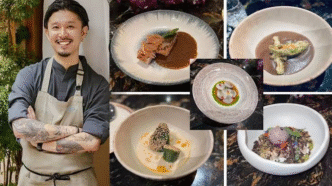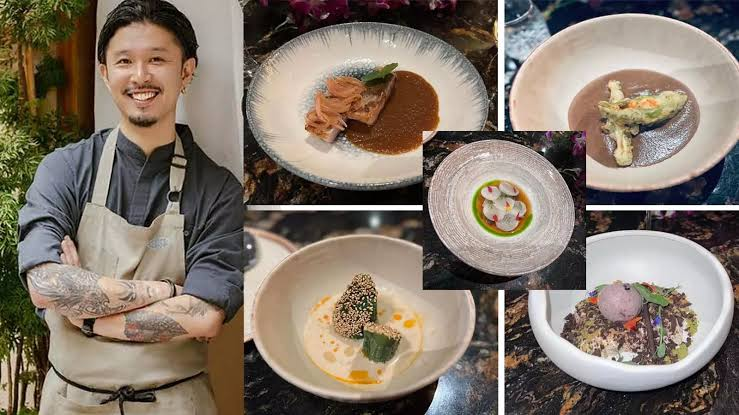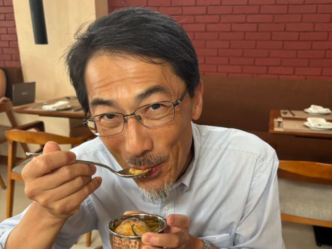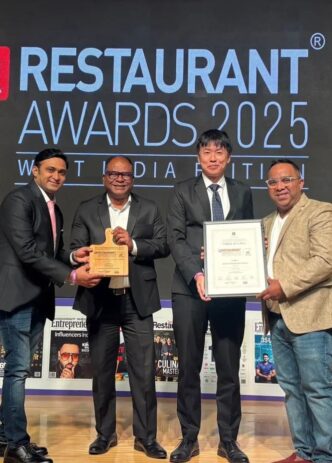Can a simple plate of food tell a story? For Chef Shun Sato, the answer is a resounding yes. At a recent omakase pop-up at The Lalit in New Delhi, this celebrated Japanese chef showed how minimalism in cooking can create deep emotional connections. His six-course menu at OKO, the hotel’s pan-Asian restaurant, wasn’t just a meal—it was a journey. From delicate Hokkaido scallops to a smoky lamb with miso-chipotle glaze, every bite spoke of his philosophy: food is a bridge between cultures. How can India’s vibrant food scene learn from Japan’s restrained elegance? Let’s dive into Chef Sato’s world.
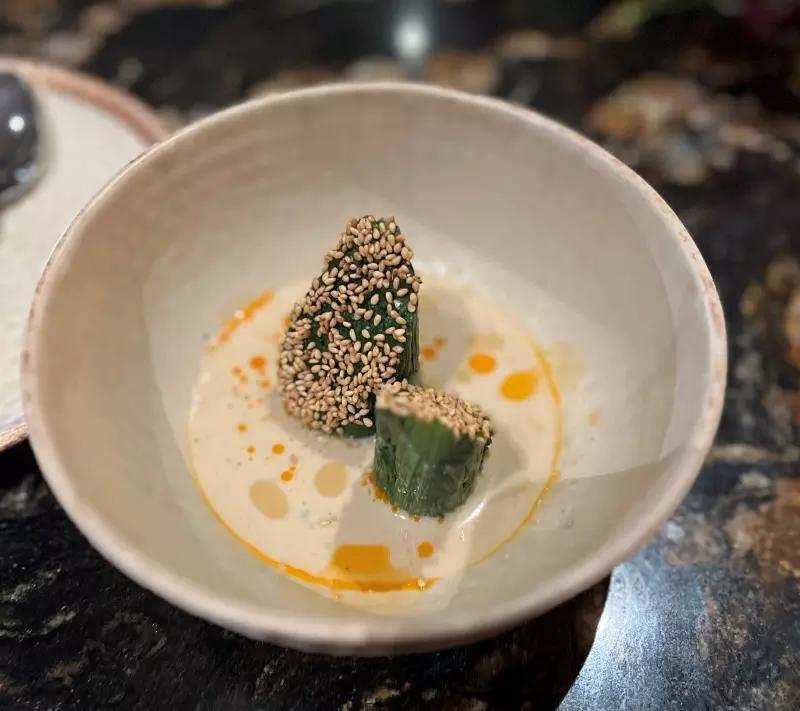
Growing up in Sendai, Japan, Shun Sato was surrounded by seafood and his father’s lively izakaya. Tired of sashimi, he trained in French kitchens before rediscovering his roots. Now, at his Hong Kong restaurants, CENSU and Enishi, and as Executive Chef at Besuto in Sydney, he crafts modern Japanese dishes rooted in wabi-sabi—the art of finding beauty in imperfection. In Delhi, his menu blended precision with warmth. The “Whispering Greens” (baby spinach in sesame purée) was paired with crisp Sauvignon Blanc, while the yuzu-laced panna cotta felt like a citrusy hug. Each dish was simple yet unforgettable, proving less can be more.
Why does simplicity matter? In a world obsessed with bold fusion and viral food trends, Sato believes a single, perfectly prepared ingredient—like a slice of sashimi with a brush of soy—can surprise and move you. Japan’s minimalist cuisine celebrates seasonality and restraint, letting ingredients shine. India, with its spice-heavy, communal dishes, could borrow this focus on clarity. Imagine a curry where one spice sings or a dessert that whispers rather than shouts. Sato sees parallels: both cultures treat food as emotional, tying it to family and tradition. Could India’s kitchens embrace this poetic restraint?
Sato’s pop-up wasn’t just about showing off Japanese food—it was a conversation. He paired dishes with sake, wine, and cocktails, like a yuzu Bellini that felt like a thank-you note. This approach could inspire Indian chefs to experiment with drink pairings, elevating dishes like biryani or butter chicken. His wabi-sabi philosophy—embracing imperfect plating or a charred edge—could also free Indian kitchens from chasing Instagram-perfect looks, focusing instead on soulful Flavors. What if we let a handmade bowl’s uneven rim tell its own story?
For Sato, a restaurant is alive when it hums with energy—laughter, curiosity, and awe flowing between the kitchen and guests. His Delhi experience, alongside Chef Fumiyuki Kinsu, showed how Japanese precision can merge with India’s warmth. Indian cuisine could learn Japan’s respect for seasonality, while Japan could embrace India’s fearless spices. Isn’t that the beauty of food—its power to connect us? Sato’s excited about fermentation and cross-cultural umami, like pairing miso with Indian jaggery. His work proves food isn’t just sustenance—it’s a language.
As India’s food scene grows, Sato’s minimalist approach offers a fresh lens. By focusing on quality over quantity and letting ingredients speak, Indian chefs could craft dishes that linger in the heart. Ready to savor simplicity?
FAQs
1. How does Chef Shun Sato use wabi-sabi in his cooking?
Wabi-sabi, the Japanese philosophy of embracing imperfection, guides Sato’s dishes. He values irregular plating, handmade ceramics, or a slightly charred edge, seeing them as honest and human, adding soul to his food.
2. What can Indian cuisine learn from Japanese minimalism?
Indian cuisine can adopt Japan’s focus on seasonality, restraint, and letting ingredients shine. This could mean highlighting a single spice or pairing dishes with drinks to elevate the dining experience.
Also read: Finding English-Speaking Doctors in Japan with DoctorFind

